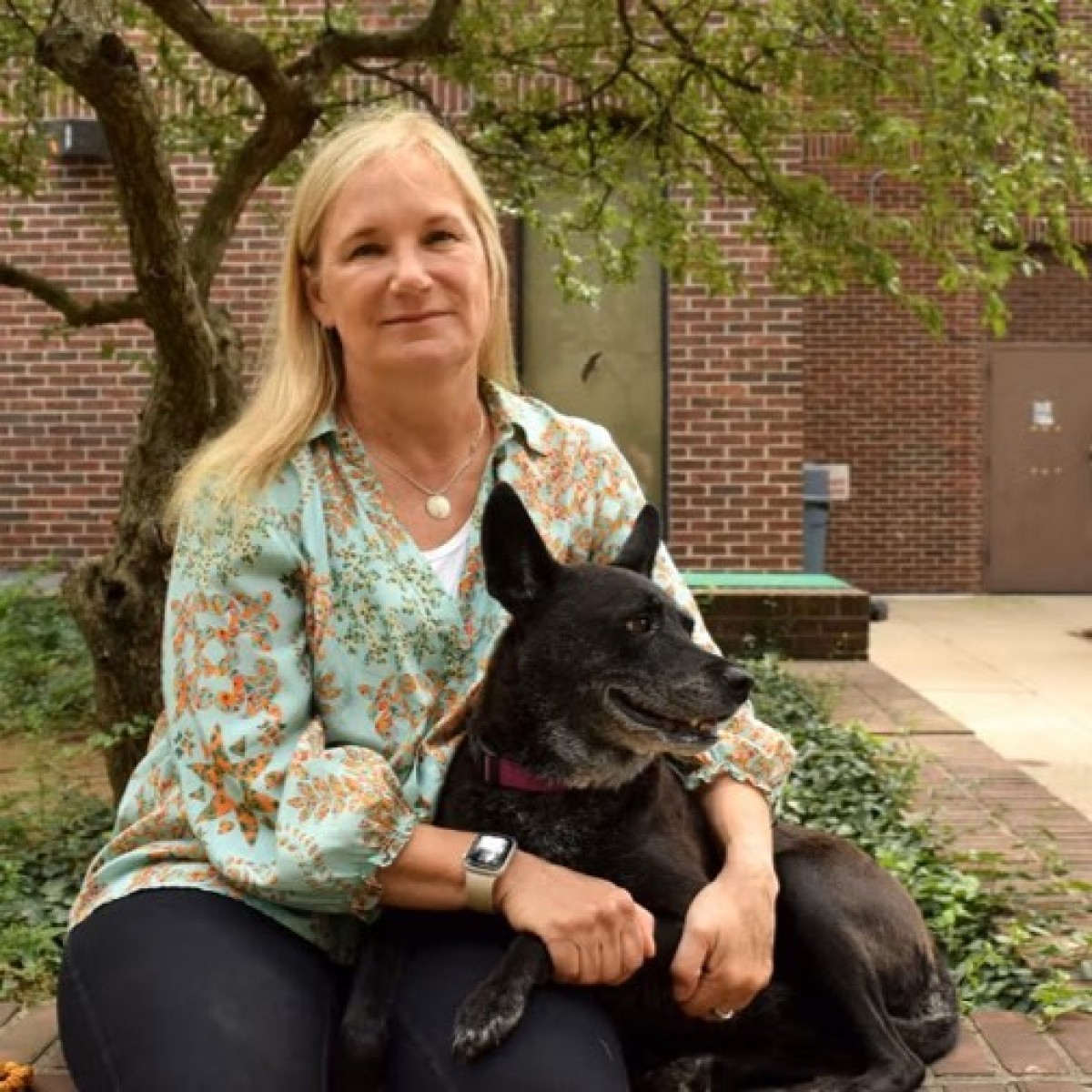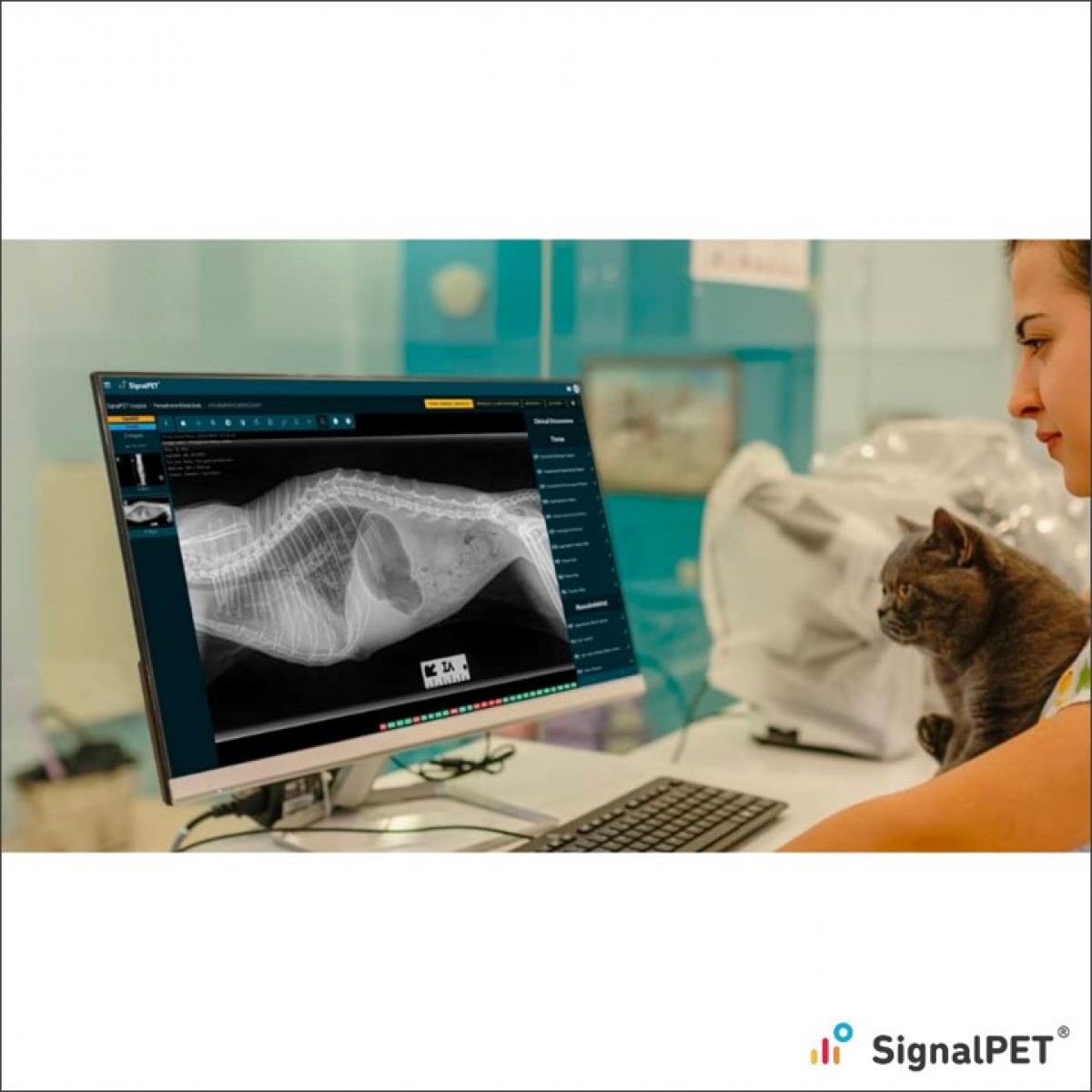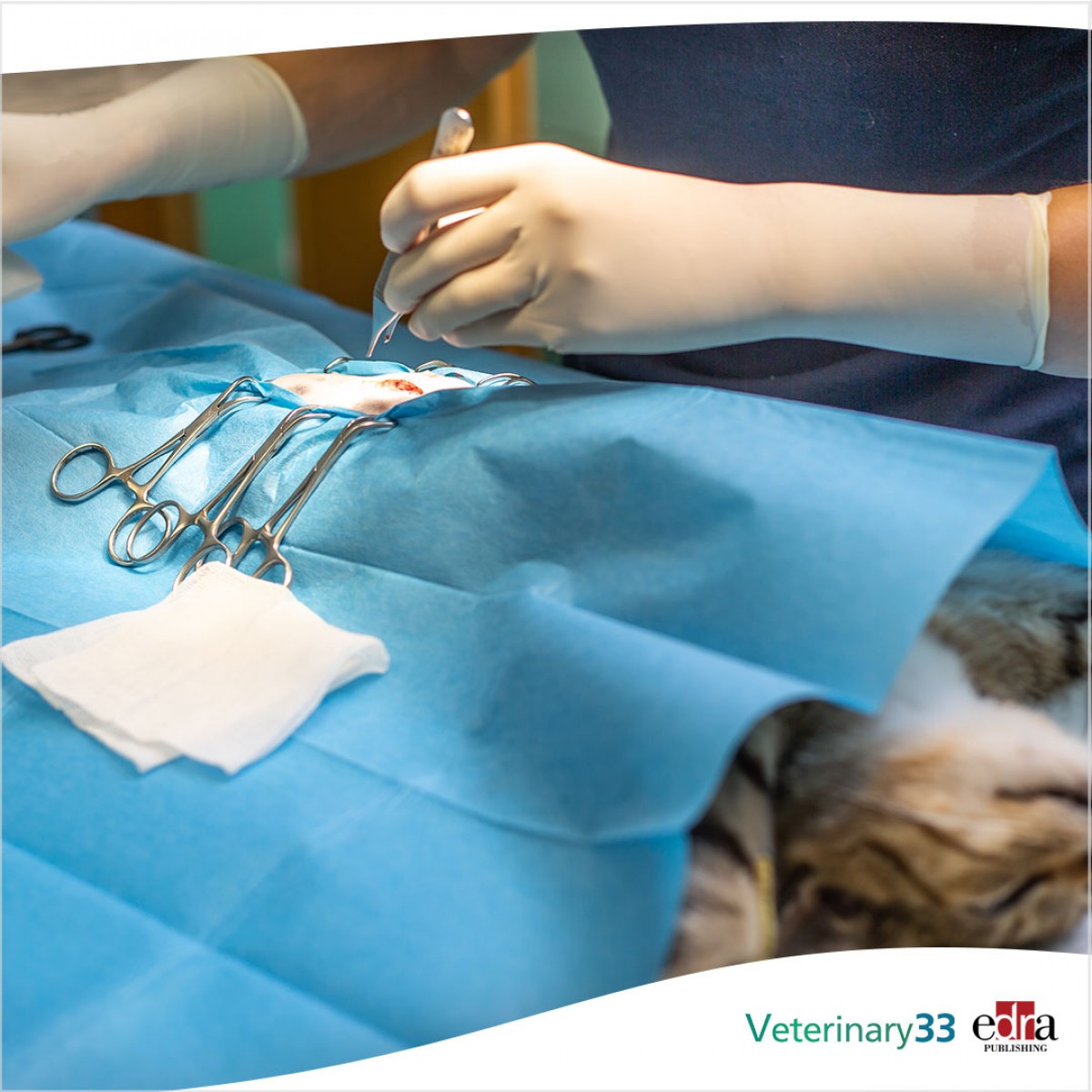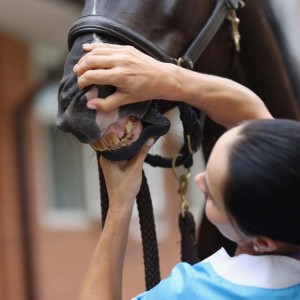An investigation analyzes the vocalizations of pigs to understand their emotions
Using thousands of acoustic recordings collected at all stages of pigs' lives, a team of 16 researchers from Denmark, Switzerland, France, Germany, Norway, and the Czech Republic says they have translated their grunting to understand their real emotions under different conditions.
The Soundwell research project has been directed by the University of Copenhagen, the ETH in Zurich, and the National Research Institute for Agriculture, Food and the Environment (INRAE) of France, and with it, its researchers point out that it can be improved animal welfare in the future. The results of the study have been published in the journal Nature.
The researchers recorded 7,414 sounds from 411 pigs in different settings, from birth to death, and designed an algorithm that can decode whether an individual pig is experiencing a positive emotion ('happy' or 'excited'), a negative one ('scared ' or 'stressed') or intermediate in a wide range of situations.
“With this study, we demonstrate that the sounds of animals provide a great perception of their emotions. We also show that an algorithm can be used to decode and understand the emotions of pigs, which is an important step towards improving animal welfare for cattle,” says Associate Professor Elodie Briefer from the Department of Biology, the University of Copenhagen, who co-led the study.
Positive and negative situations
The researchers recorded pig sounds in both fields, and experimental settings, which, based on the pigs' behavior, were associated with positive or negative emotions. Positive situations included snuggling with littermates, nursing, positive conditioning, enrichment, reunion with mother, and free running. Negative situations included, among others, lack of lactation, short social isolation, piglet fights, crushing of piglets by the mother, castration, handling, and waiting at the slaughterhouse.
In experimental enclosures, the researchers also created various simulated scenarios for the pigs, designed to evoke more nuanced emotions in the middle of the spectrum. That included a section with toys or food and another without any stimulation. The researchers also placed new and unfamiliar objects for the pigs to interact with. At all times, the sounds, behavior, and heart rate of the pigs were monitored and recorded where possible.
The researchers then analyzed the more than 7,000 audio recordings to see if there was a pattern in sounds based on emotions and if they could distinguish between positive and negative situations and emotions.
For example, typical signs of negative emotions in pigs are that they stay still, make many vocalizations and try to escape, while positive ones include exploring their surroundings and having their ears forward.
New patterns with greater detail
As revealed in previous research, the researchers picked up more high-frequency sounds (such as screaming and screaming) in negative situations. Also, low-frequency sounds (such as barking and growling) were produced in situations where the pigs experienced positive or negative emotions.
The situations between the extremes were particularly interesting. With further analysis of the sound files, the researchers found a new pattern that revealed what the pigs were experiencing in certain situations in even greater detail.
“There are clear differences in the sounds emitted by the pig when we observe positive and negative situations. In favorable situations, they are much shorter, with smaller fluctuations in amplitude. Grunting, more specifically, starts out loud and gradually decreases in frequency. By training an algorithm to recognize these sounds, we can classify 92% of them into the correct emotion,” explains Elodie Briefer.
“We have trained the algorithm to decode pig grunting. Now, we need someone who wants to turn the algorithm into an application that farmers can use to improve the welfare of their animals”, adds the researcher. With enough data to train the algorithm, the method could also be used to better understand the emotions of other mammals.














List
Add
Please enter a comment